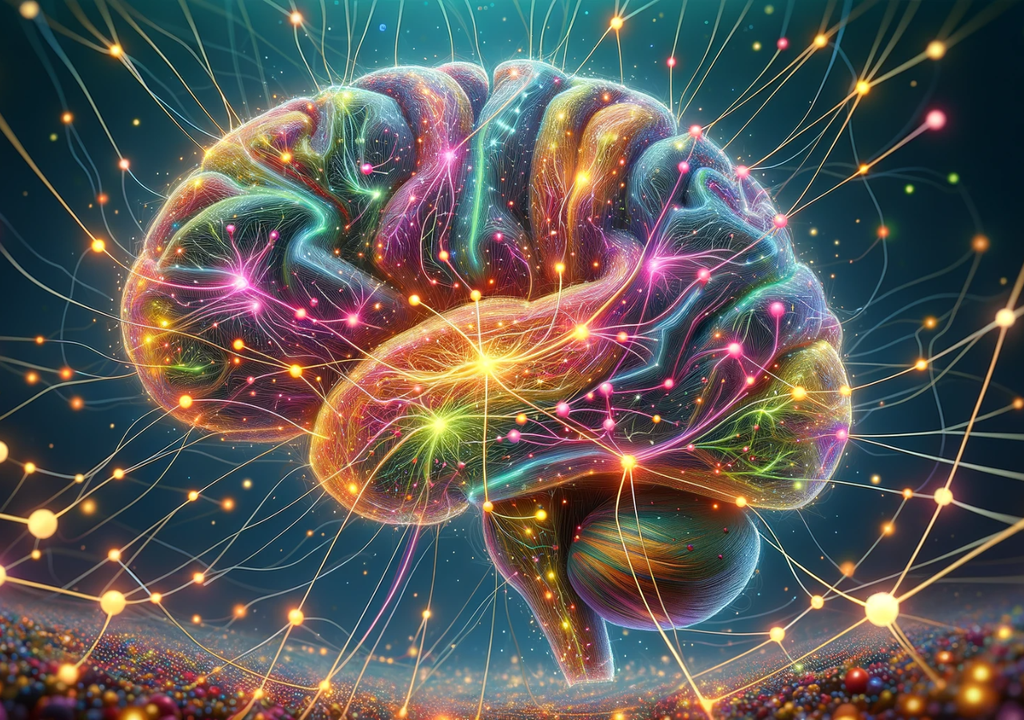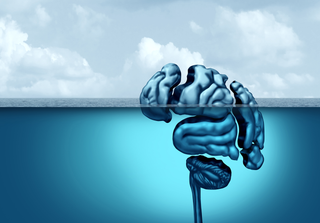Breakthrough study unveils key brain connections in ADHD, paving way for advanced future treatment
Breakthrough study unveils key brain connections in ADHD, paving the way for advanced future treatment.

Researchers have uncovered a connection between symptoms of attention-deficit hyperactivity disorder (ADHD) and unusual interactions within the brain.
As part of a study conducted by the National Institutes of Health (NIH), researchers analysed thousands of brain images from young people with ADHD, revealing how the frontal cortex interacts with deeper areas that process information.
The team delved into brain images from over 8,000 youths, both with and without ADHD, sourced from six varied functional imaging datasets.
The findings revealed that individuals with ADHD exhibit increased connectivity between deep brain structures responsible for learning, movement, reward and emotion (notably the caudate, putamen, and nucleus accumbens) and frontal cortex regions.
These frontal areas relate to attention and the suppression of unwanted behaviours (including the superior temporal gyri, insula, inferior parietal lobe, and inferior frontal gyri).
The scientists wrote, based on the results, "In the group comparison, youths with ADHD showed greater connectivity between striatal seeds and temporal, fronto-insular, and supplementary motor regions, as well as between the amygdala and dorsal anterior cingulate cortex, compared with control subjects."
"Similar findings emerged when ADHD traits were considered and when alternative seed definitions were adopted. Dominant associations centered on the connectivity of the caudate bilaterally."
Setting the stage for ADHD research
The findings align with the longstanding hypothesis within neuroscience circles that ADHD symptoms stem from non-typical interactions between the frontal cortex and these deeper brain regions. Previous investigations into this theory have produced inconsistent results, likely due to their limited scale, often involving around 100 participants. These smaller studies likely lacked the robustness required to reliably detect the complex brain interactions associated with ADHD behaviours.
"The findings from this study help further our understanding of the brain processes contributing to ADHD symptoms - information that can help inform clinically relevant research and advancements," said Luke Norman, the scientist who led the study.
This major advance in ADHD research not only helps to improve our understanding of how the disorder affects the brain but could pave the way for new studies focused on enhanced treatments and results for patients.
Reference of the news:
Norman, L. J., Sudre, G., Price, J., & Shaw, P. (2024). Subcortico-cortical dysconnectivity in ADHD: A voxel-wise mega-analysis across multiple cohorts. American Journal of Psychiatry. https://ajp.psychiatryonline.org/doi/10.1176/appi.ajp.20230026








